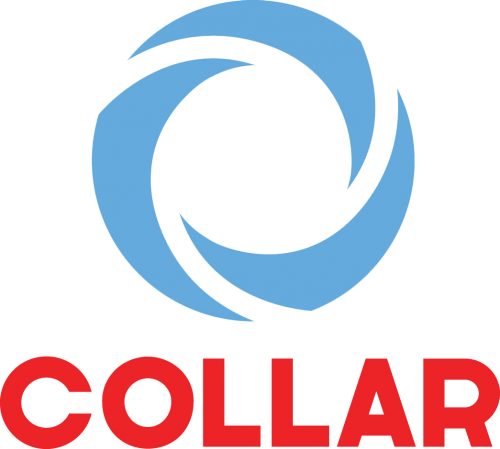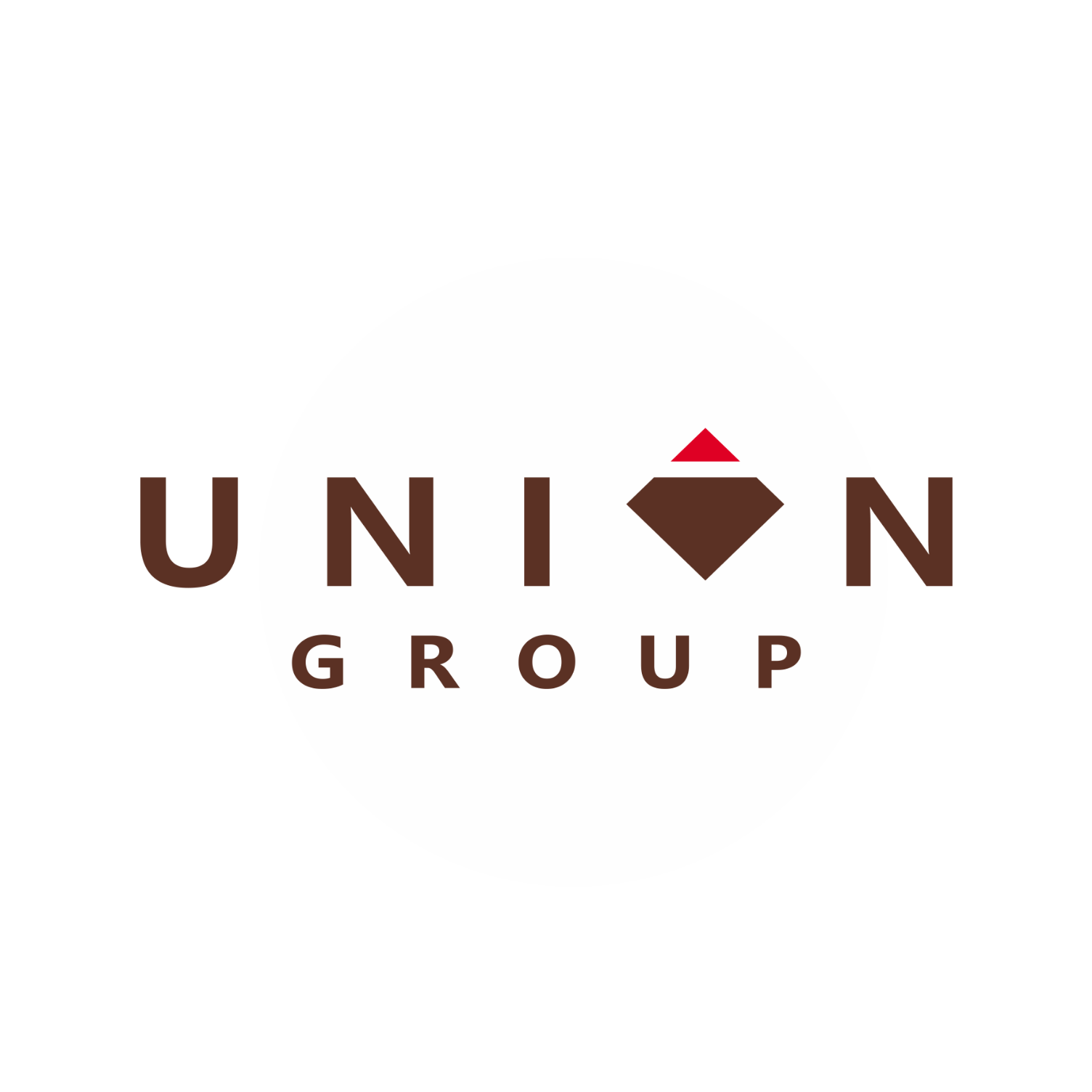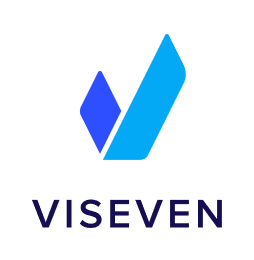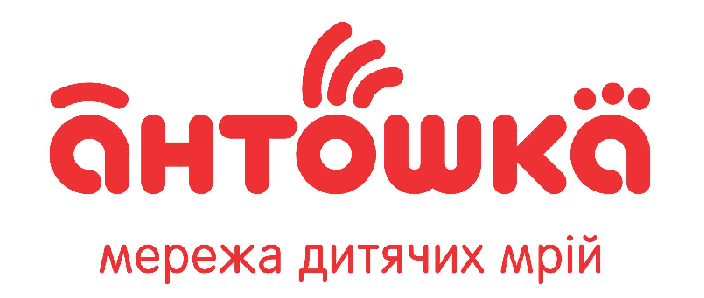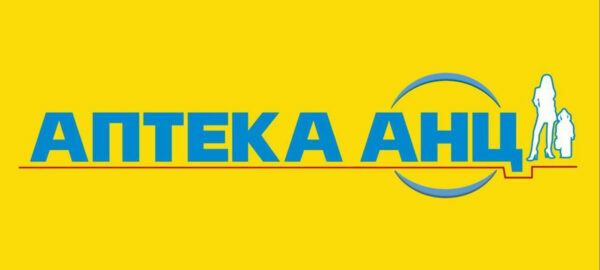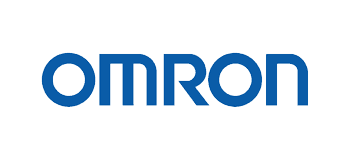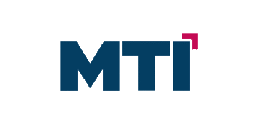
Have you ever wondered what kind of impression your company leaves on newcomers on the grounds of its adaptation program? The first impression is the most important one. It is this
impression that defines whether the new employee will become part of your team or leave after a week of probation.
The general impression of the company will be based on the way you organized the adaptation
process. Are you familiar with a situation when a new employee joins the company at an
unfavorable time? All managers are busy with important business tasks and physically do not
have time to work with the trainee thoroughly. And he needs to be familiarized with the
responsibilities, the corporate environment of the company and get to work as promptly as
possible.
In this case, onboarding turns out to be a dry and hasty process: all necessary documents have been filled out, the new employer has been shown around the office and familiarized with his work, and then he is left to figure things out by himself. This can be improved and optimized – the use of a distance learning system (DLS) as an onboarding tool can be a good solution.
What can be improved due to LMS?
LMS is short for the English term “Learning Management System”. We are used to the
abbreviation SDO, which stands for Distance Learning System.
1. Automatize the adaptation process
LMS brings training to a certain standard and this allows you to automatize the onboarding process. After registering trainees in the system, a training program is automatically assigned to them. In the course of its completion, all necessary materials become available, tests are conducted to assess the knowledge and understanding of the information received. You will not need to drive a newcomer around the office and repeat the same thing over and over again. From this time, newcomers will have everything necessary “at hand”. The process of assigning tasks and collecting results will be performed automatically. You will only need to make necessary updates when they are required.
With the help of Collaborator, employee adaptation can be launched even before the new employee appears at work for the first time. For example, he can receive an assignment in advance to fill out the necessary documents. For this purpose, a check list can be created, or an introductory course “Getting to know the company and the brand” can be assigned. This will help spare the first working day from clerical work.
Good and proven practices:
• Assigning all trainees with an information program about the company – about its goals, features, management, structure, etc.;
• Assigning all trainees with introductory courses on their professional activities in the company;
• Adding control points to the program – knowledge and understanding tests, questionnaires, checklists.
2. Make the adaptation program individual
Successful onboarding means an individual approach to each employee. In order for newcomers to understand the goals and objectives that the company sets to them, it is important to take into account their personal and professional interests.
In LMS Collaborator, you can create individual development plans (IDP) for each employee. Such a plan consists of training tasks, courses, tasks set by trainers and managers, and tasks set by the employee himself. There is a convenient way to assign an IDP basing on previously created templates. It is very advantageous for creating the lists of the same type of tasks for employees of the same position.

Good and proven practices:
• According to the results of internship monitoring, detect talents at an early stage and form individual tasks for them;
• According to the results of control points, supplement the plan with personal tasks with a trainer’s approval;
• According to the results of the questionnaire, give an employee the opportunity to try out another professional area of work within the company.
3. Simplify access to information
It’s not necessary to wait until colorful interactive courses for trainees are created. While they are being developed, internship tasks can be solved with simple PDF documents and presentations. The main thing is to deliver all necessary information to the trainees in a convenient way that wouldn’t be too time-consuming for them.
It is important to provide a single “entry point”, meaning that all necessary information is collected in one place. Access to it shouldn’t require installation of any additional software, so that the trainee could get it anytime and anywhere. A web portal-based LMS with an interface that is adaptive to mobile devices is an ideal solution.
Collaborator was originally designed with this point taken into account. It supports content in all formats that an Internet browser can display. You can download existing courses or create new courses in a few clicks using various resources – videos, podcasts, presentations, animations and gamification elements. Tests and questionnaires are created to provide feedback.
4. Real-time control of the results
It is important to see the current status of the internship process. The transition of onboarding into LMS allows you to monitor all processes. Using reports, you can determine:
• the progress of internship by units;
• problem areas in the processes to eliminate them faster;
• the level of knowledge of the trainees and their ability to learn quickly;
• the dynamics of HR metrics that would lead to making informed conclusions.
LMS Collaborator provides a wide range of flexible reports, including summary ones. You will have access to personal reports for each employee and group, information on their activities, status and training results. Detailed reports allow you to evaluate user behavior in the “training mode”. There are tools for generating reports in Microsoft Power BI, Google Data Studio and other business intelligence programs.
5. Access to knowledge on demand
Do your employees remember everything they learned when they came to the company? Probably they don’t. There are situations when it is urgent to recall some previously studied material. And digging into search engines takes a lot of extra time.
All educational content in Collaborator is collected in the Knowledge Base. Training materials will always be at your fingertips. They are easy to find by searching through a catalog or by the history of training – it is a matter of personal convenience. This will be an excellent helping tool for beginners who want to allocate some of their free time for learning and reviewing something that is poorly remembered.
The performance of new employees also depends on the way the adaptation process is organized in your company. With effective onboarding, new employees remember more information, integrate socially into the team, have a desire to work and develop. On the contrary, an inefficient adaptation process demotivates newcomers and such employees do not stay to work for the company for a long time.


